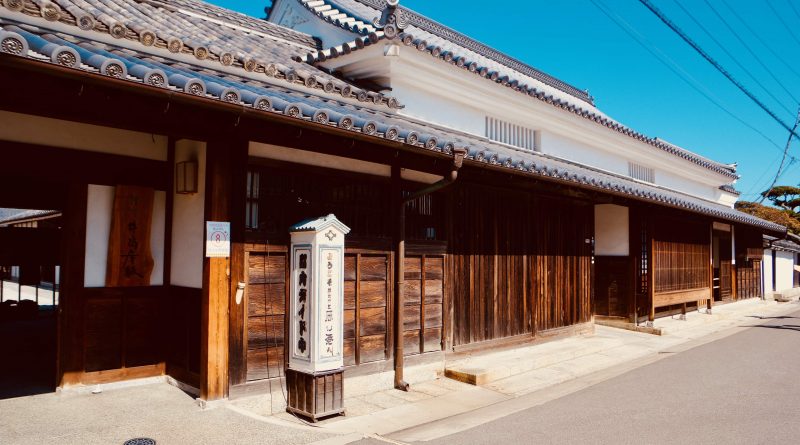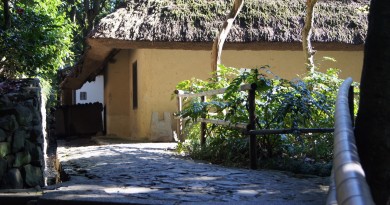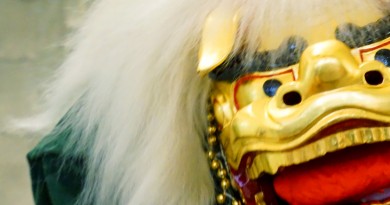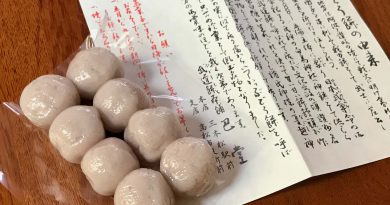Hiketa Hina Festival – A festival to feel Japanese culture
Hiketa, located at Higashikagawa city of Kagawa prefecture situated about 50 minutes from Takamatsu city by JR train, was during the Heian period one of the shelter for the boats when the weather of Seto Inland Sea turned to storm. During the Edo period, soy sauce industry brought prosperity and wealth to Hiketa attracting rich businessmen who built houses here. Nowadays, you can still image the crowd and busy streets at that time looking at the elegant and gorgeous old houses when you wander around in Hiketa.
The antique and simple Sanshuizutsu residence
However, Hiketa also encounters the problem of emigration and aging society which empty the streets which once was lively.
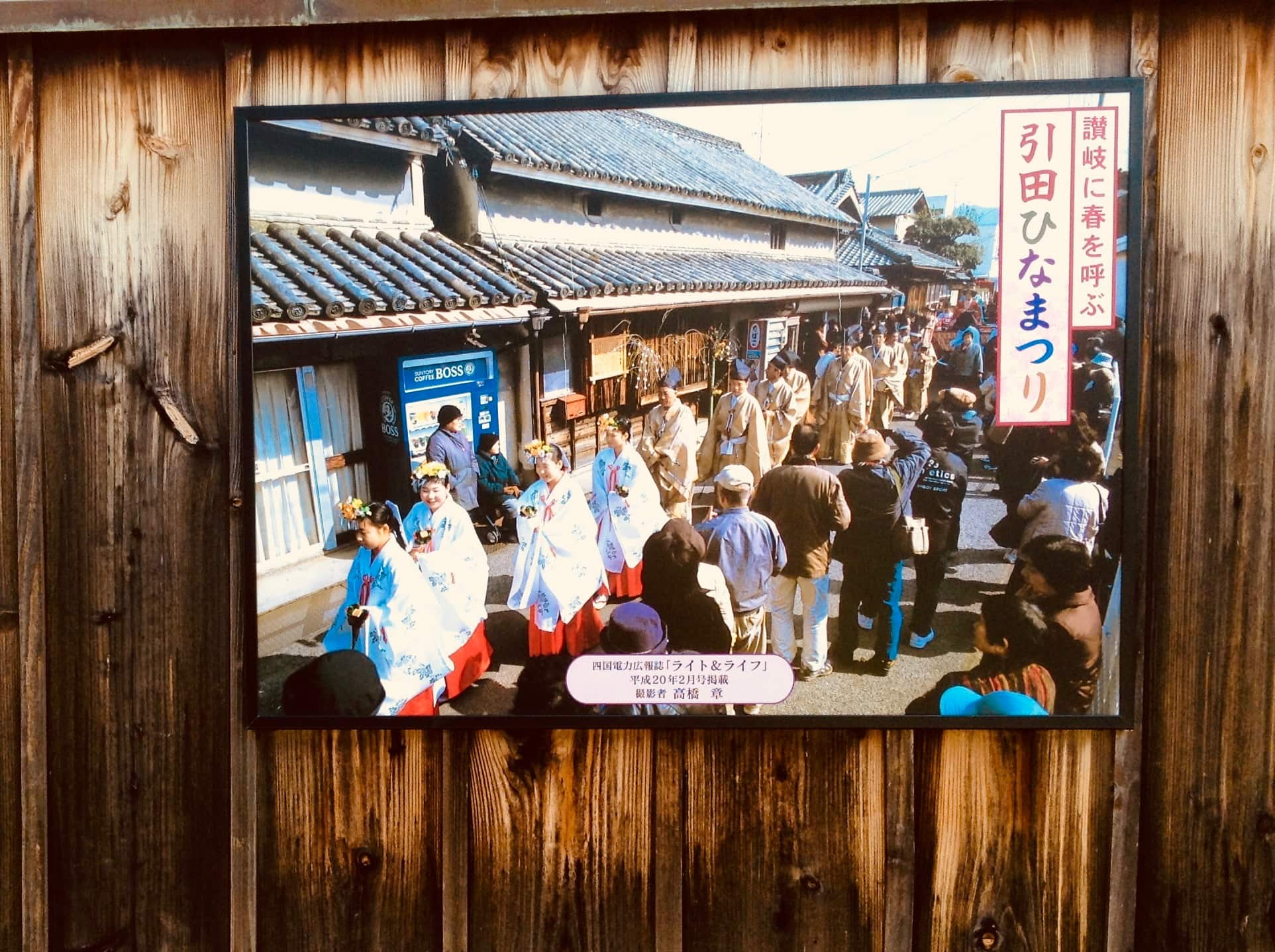
In 2003, in order to stimulate the local economy, the “Hiketa Street Preservation Society” reformed the house of an Edo period successful soy sauce businessman into the “Sanshuizutsu residence”. There they offer experience courses such as making “wasanbon” (fine-grained Japanese sugar), and making gloves and small articles in leather. Moreover, on the same year, in spring 2003, they hold the first “Hiketa Hina festival”. Once the boast of the Hiketa family, the Hiketa Hina dolls show anew their elegant and gorgeous silhouettes to the public.
Luxurious and splendid Hiketa Hina dolls
In Japanese tradition, families with daughter decorate their house with Hina dolls on a tiered stand on March third, before inviting relatives and friends to come to appreciate the display. Hina dolls are said to protect children against evil, to assure them a healthy growth and to pray they will turn into nice adults.
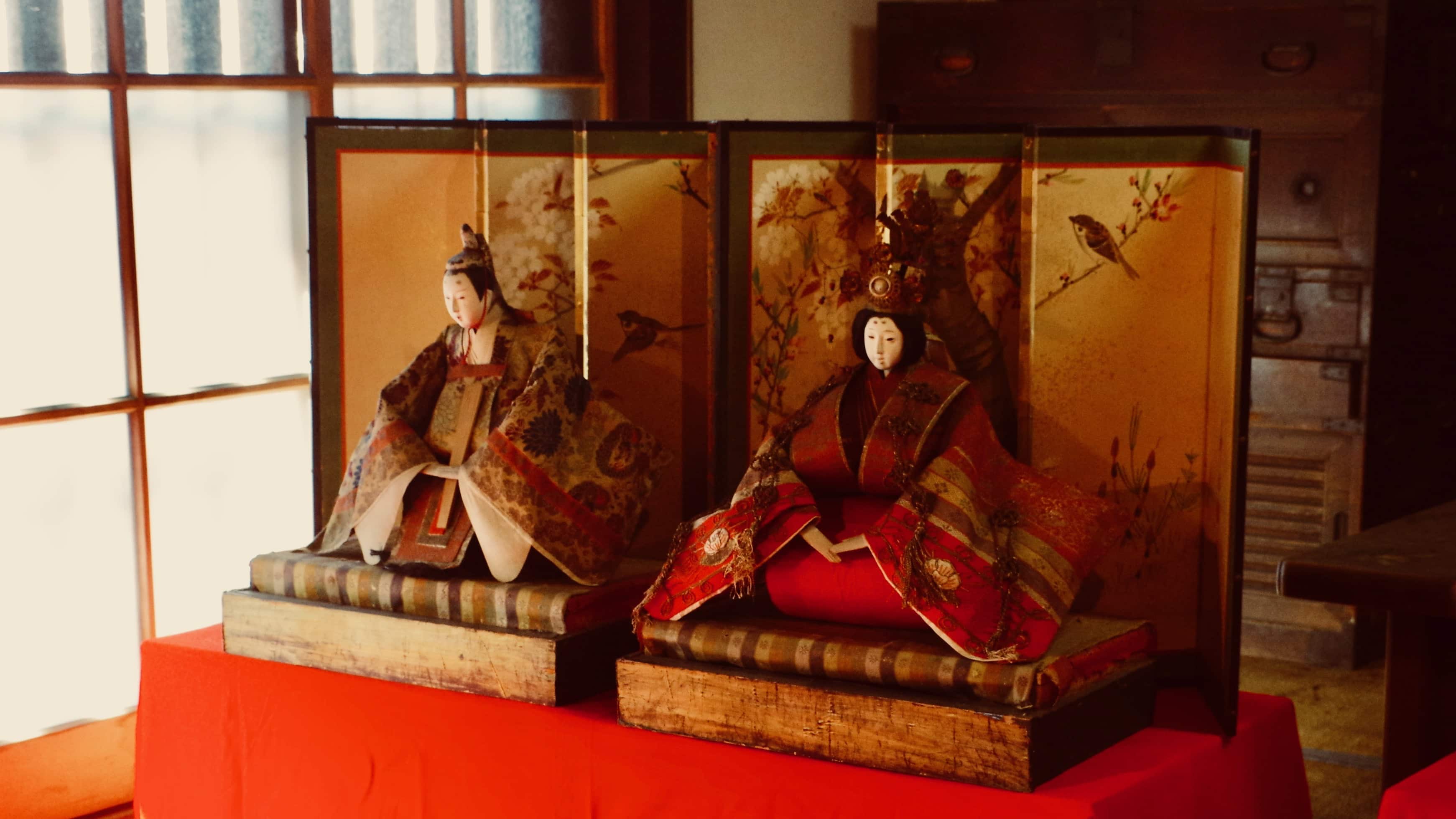 The decoration of Hiketa Hina dolls is really luxurious, splendid and colorful. The presence of two Ichimatsu dolls which size is same as a real two years old girl, standing beside the tiered stand, is the special feature of the display. Another special trait is the offer of spring onions (wakegi) and clams representing the perpetuation of one’s descendants. Because of these differences specific to the region, people refer to these Hina dolls as Hiketa Hina.
The decoration of Hiketa Hina dolls is really luxurious, splendid and colorful. The presence of two Ichimatsu dolls which size is same as a real two years old girl, standing beside the tiered stand, is the special feature of the display. Another special trait is the offer of spring onions (wakegi) and clams representing the perpetuation of one’s descendants. Because of these differences specific to the region, people refer to these Hina dolls as Hiketa Hina.
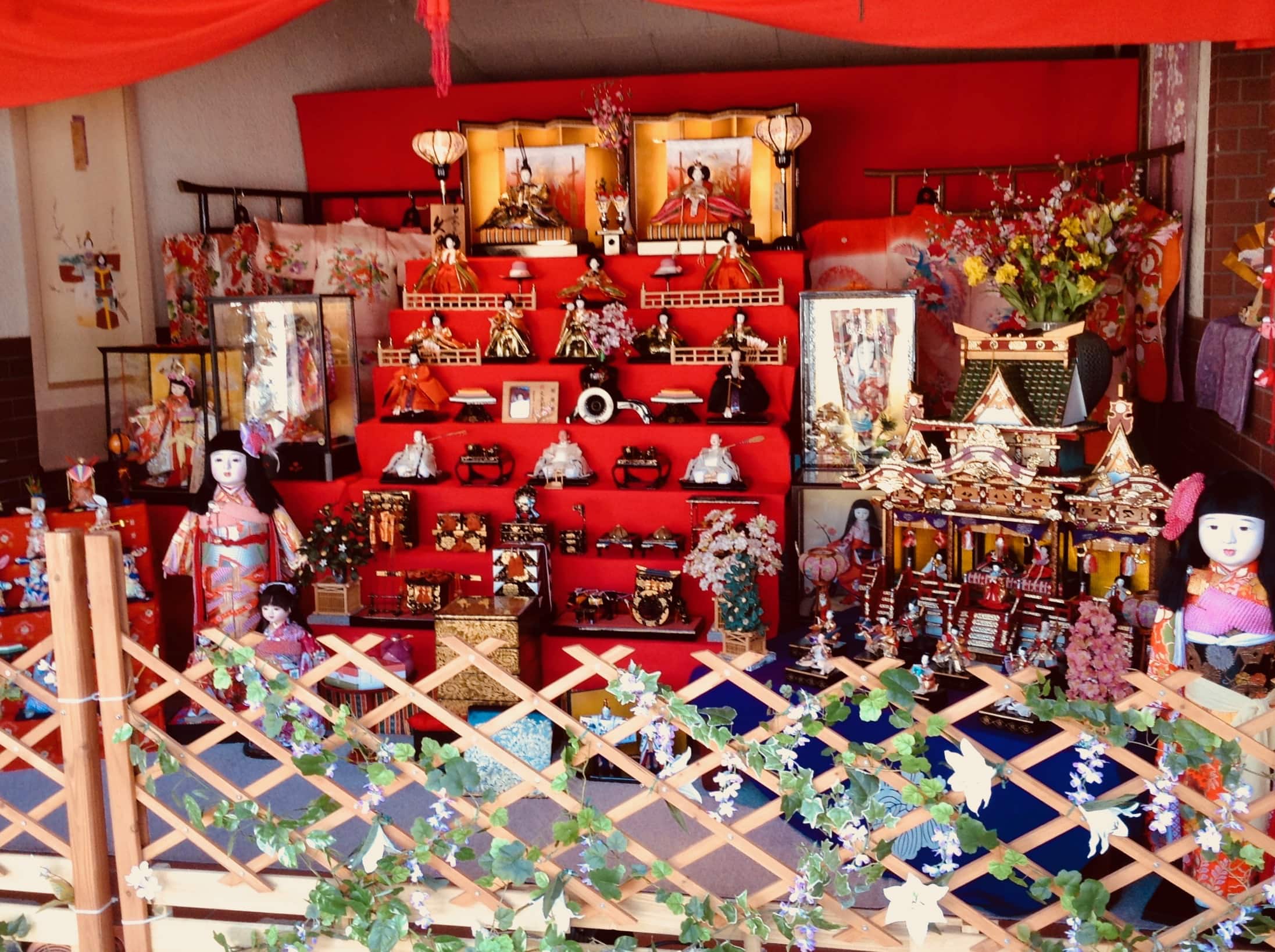 Common tiered stands for Hiketa Hina are a seven layers symbolizing the seven important after-birth periods of a girl: name-giving ceremony (oshichiya), the temple visit (omiyamairi), weaning ceremony (okuizome), first new year, baby’s first annual festival (hatsuzzeku), first birthday and “Shichi-Go-San”. Families pray for children to live through these seven important periods and grow up safely.
Common tiered stands for Hiketa Hina are a seven layers symbolizing the seven important after-birth periods of a girl: name-giving ceremony (oshichiya), the temple visit (omiyamairi), weaning ceremony (okuizome), first new year, baby’s first annual festival (hatsuzzeku), first birthday and “Shichi-Go-San”. Families pray for children to live through these seven important periods and grow up safely.
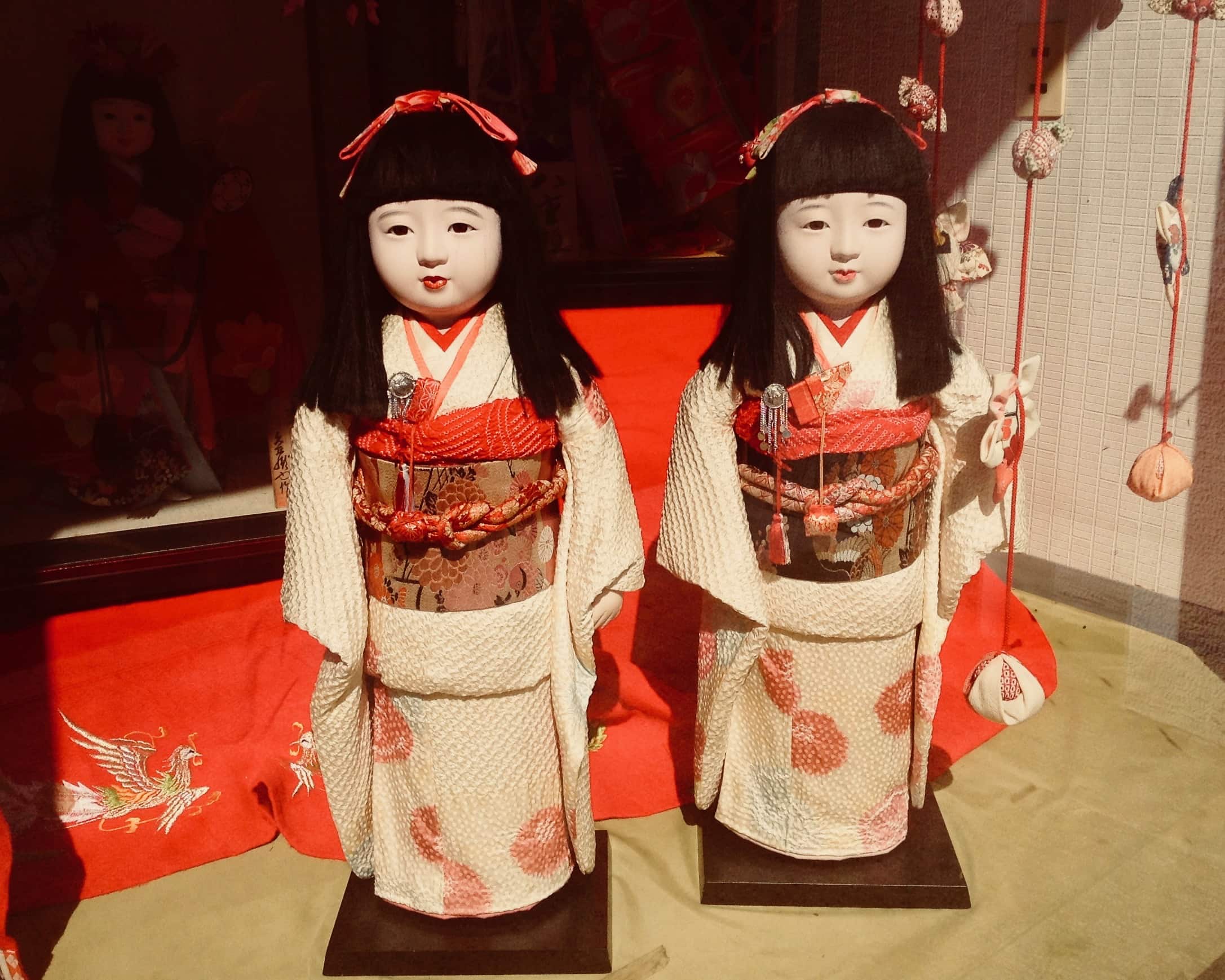 Originally, Japanese dolls were used to pray for good health and harvest. In Tottori prefecture and Wakayama prefecture still practice the traditional “nagashi-hina”, for which people cut human-shaped paper dolls and pat their own body with it to transfer impurity to the paper doll, then it is put into a grass-made basket let to float by the river. Ichimatsu dolls also have the same role to protect children and keep the illness away.
Originally, Japanese dolls were used to pray for good health and harvest. In Tottori prefecture and Wakayama prefecture still practice the traditional “nagashi-hina”, for which people cut human-shaped paper dolls and pat their own body with it to transfer impurity to the paper doll, then it is put into a grass-made basket let to float by the river. Ichimatsu dolls also have the same role to protect children and keep the illness away.
Reposing hope in “Mochibana” and hanging decoration
Usually, willow and camellia japonica are used to decorate the tiered stand of Hiketa Hina. The “Mochibana” sticking on the branch is not only for praying for a plentiful harvest, but also for safety of their family, moreover their dearest hope is that their children would grow up without worrying for food or clothes their all life.
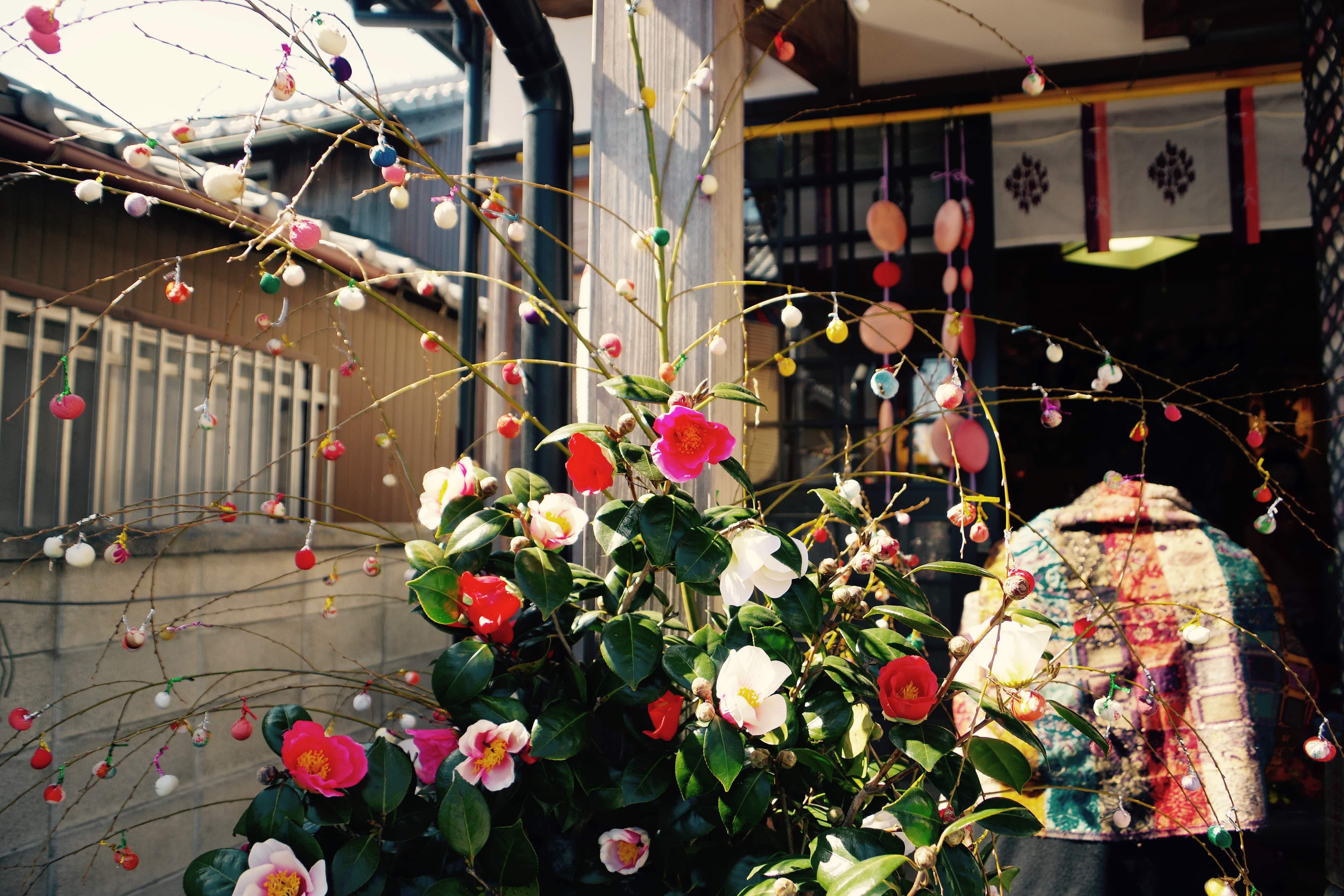
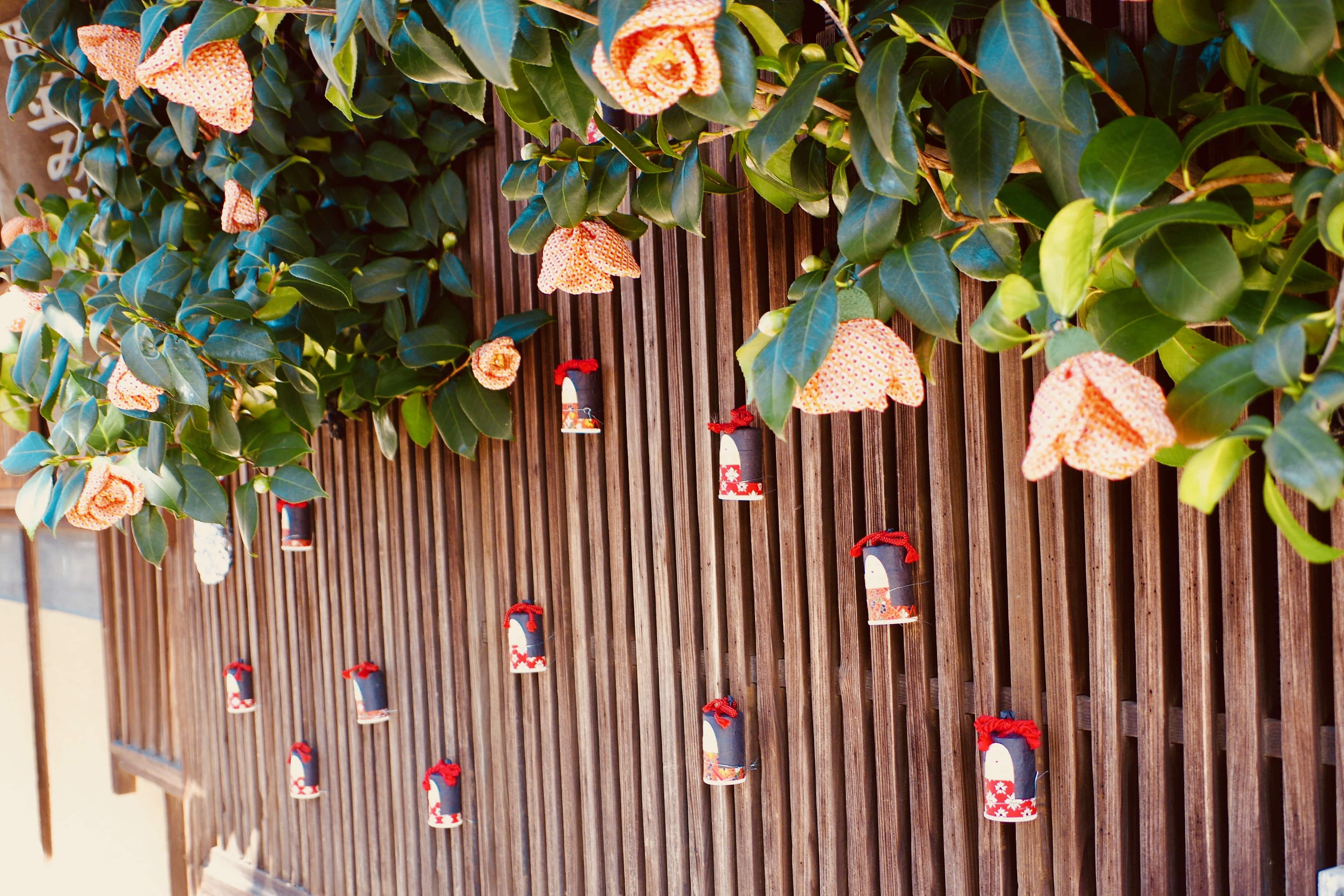 The decorations hanging on the wall and ceiling are called “turushikazari” or “turushihina”. It is hung by grandmothers and mothers praying for the health and growth of their children, as well as a blessing of good match. There are plenty of decorations, and each of them has a different meaning. The traditional Japanese handball, “temari”, means family happiness, pellet–drum, “den-den taiko”, means good sleep, “Sarubobo” gets rid of misfortune. Seniors and parents put all their love and hope into these decorations.
The decorations hanging on the wall and ceiling are called “turushikazari” or “turushihina”. It is hung by grandmothers and mothers praying for the health and growth of their children, as well as a blessing of good match. There are plenty of decorations, and each of them has a different meaning. The traditional Japanese handball, “temari”, means family happiness, pellet–drum, “den-den taiko”, means good sleep, “Sarubobo” gets rid of misfortune. Seniors and parents put all their love and hope into these decorations.
The Hiketa gourmet that you should not miss
The most famous gourmet in Hiketa is “Hamachi” (young yellowtail) which is cultivated in Adoike.
In the past, “Gohanya Hishio” located inside the “Sanshuizutsu residence”, was a rice granary now reformed into a restaurant serving Hiketa Hamachi dishes. The most recommended dishes are Hiketa Hamachi sourced donburi (JPY1,100) and Hiketa Hamachi sashimi set meal (JPY1,200). Additionally, seafood donburi (JPY1,380) which uses local seafood, and lots of other set meals are also delicious. Do not miss these amazing gourmets that will enhance your visit of Hiketa.
INFORMATION
Sanshuizutsu residence
Access: Take JR to Hiketa station from Takamatsu city and 10-minute walk from station.
- Address: 〒769-2901 香川県東香川市引田2163
- Business hours: 10:00 ~ 16:00
- Closed on: Wednesday
- Ticket price: Adult JPY300, under senior high JPY150.
(Subject to change during special exhibition period) - TEL: +81-87-923-8550
- WEB:https://www.idutsuyashiki.com/
Gohanya Hishio
- Address: 〒769-2901 香川県東香川市引田2163 讚州井筒屋敷內
- Business hours: 11:00~14:00, 17:30~21:00
- Closed on: Wednesday (Opened on holiday)
- TEL: +81-87-933-3735
- WEB:https://tabelog.com/kagawa/A3704/A370402/37002023/
2019 Hiketa Hina Festival
- Venue: Around JR Hiketa station to old street
- Festival period: 2019. Feb 27th(Wed)~Mar 3rd(Sun)
- Night light up: 2019. Mar 2nd(Sun set~20:30)
- Business hours: 10:00~16:00
- Closed on: N/A
- Ticket price: Free(part of facilities may required entrance fee)
- TEL: +81-87-933-3450

